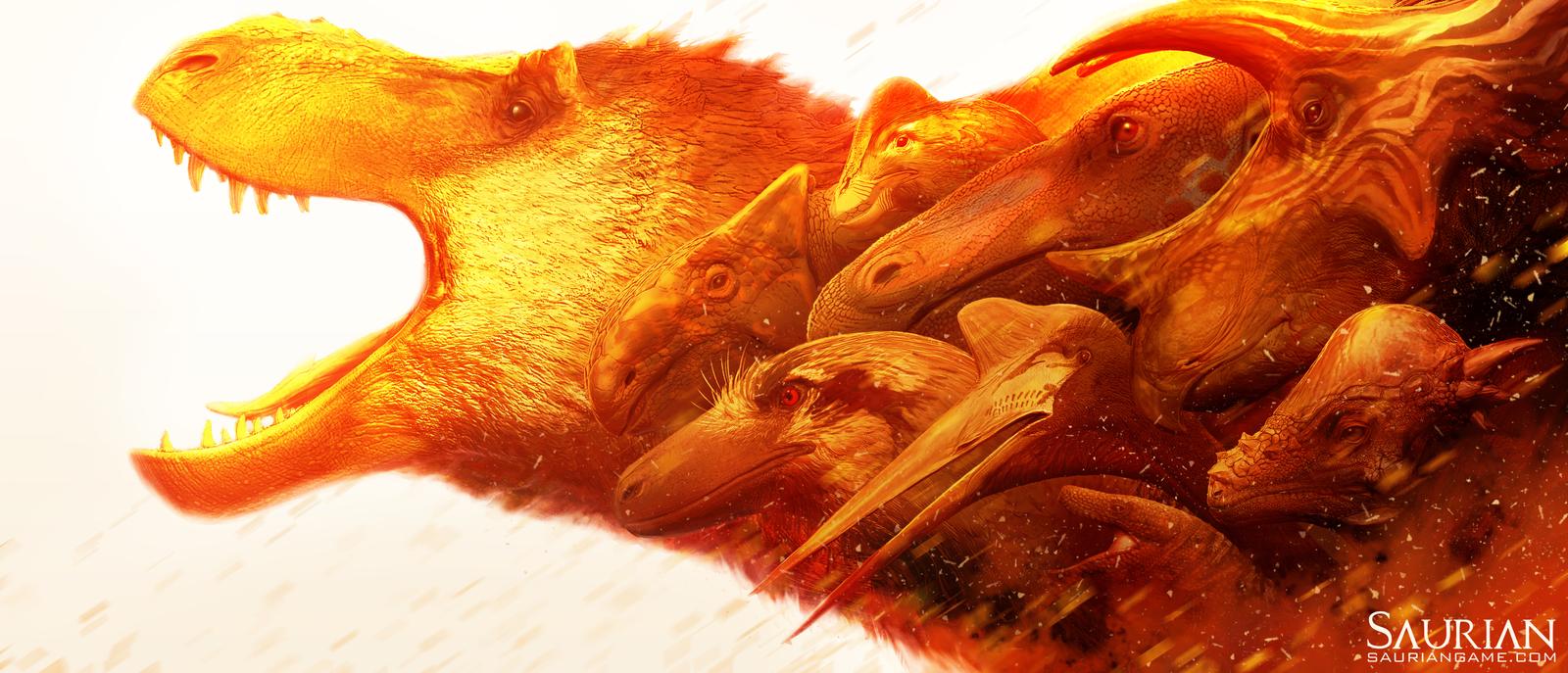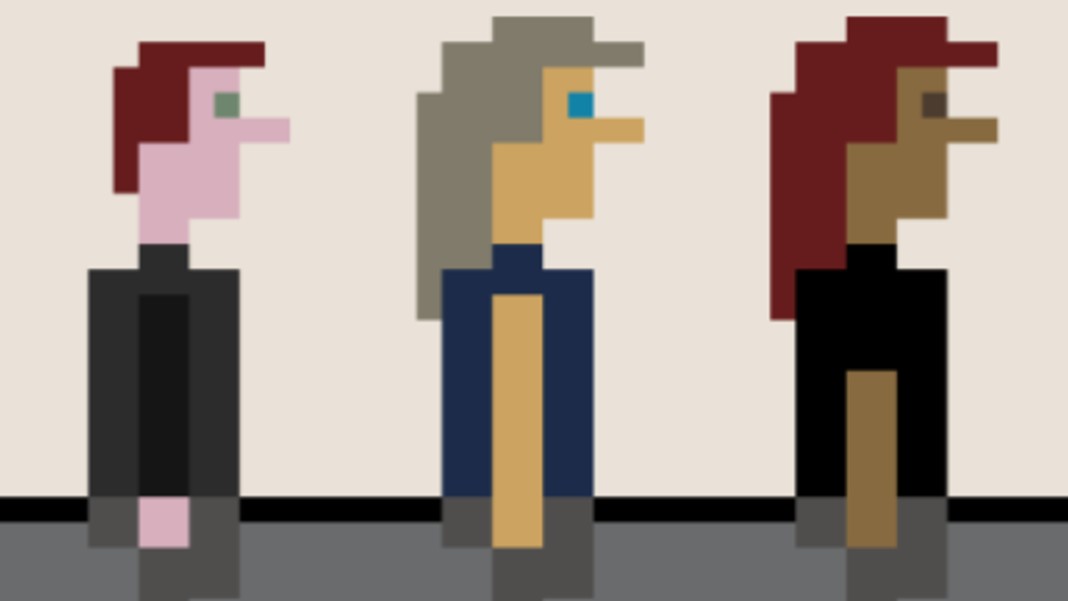Imagine how the future looked as a child. Do you remember? Do you remember the moment when you could do anything at all? When the scales of fantasy and reality–of science and science-fiction–were in perfect balance? When the laws of the universe were governed by imagination? 39 Days to Mars sits in this innocent, dreamlike space, where the reckless and fool-hardy ambitions of naivety have yet to be tempered by the constraints of reality.

Victorian Tomfoolery in Outer Space
39 Days to Mars is a brief couch-co-op puzzle-adventure game from New Zealand-based developer It’s Anecdotal. The game is set in a 19th century space-faring future and tells the tale of two right-proper gentlemen explorers, Sir Albert Wickes and The Right Honourable Clarence Baxterin, as they bravely (or, perhaps, foolishly) attempt to navigate to Mars. While their journey takes the titular 39 days, the game itself can be completed in an hour or so.
Wickes’ and Baxterin’s ship, the HMS Fearful, is a ramshackle mess of steampunk DIY engineering that has a strong tendency to fall apart. It also happens to be where you’ll be spending most of your time with the game.
To that end, the ship must be vigilantly maintained and repaired through two-player puzzles, while also navigating the hazards of space. Mining space coal on a penny farthing and catching alien life with a butterfly net are but a couple of the challenges players will contend with on their journey to the Red Planet. But not before afternoon tea. Never before tea.
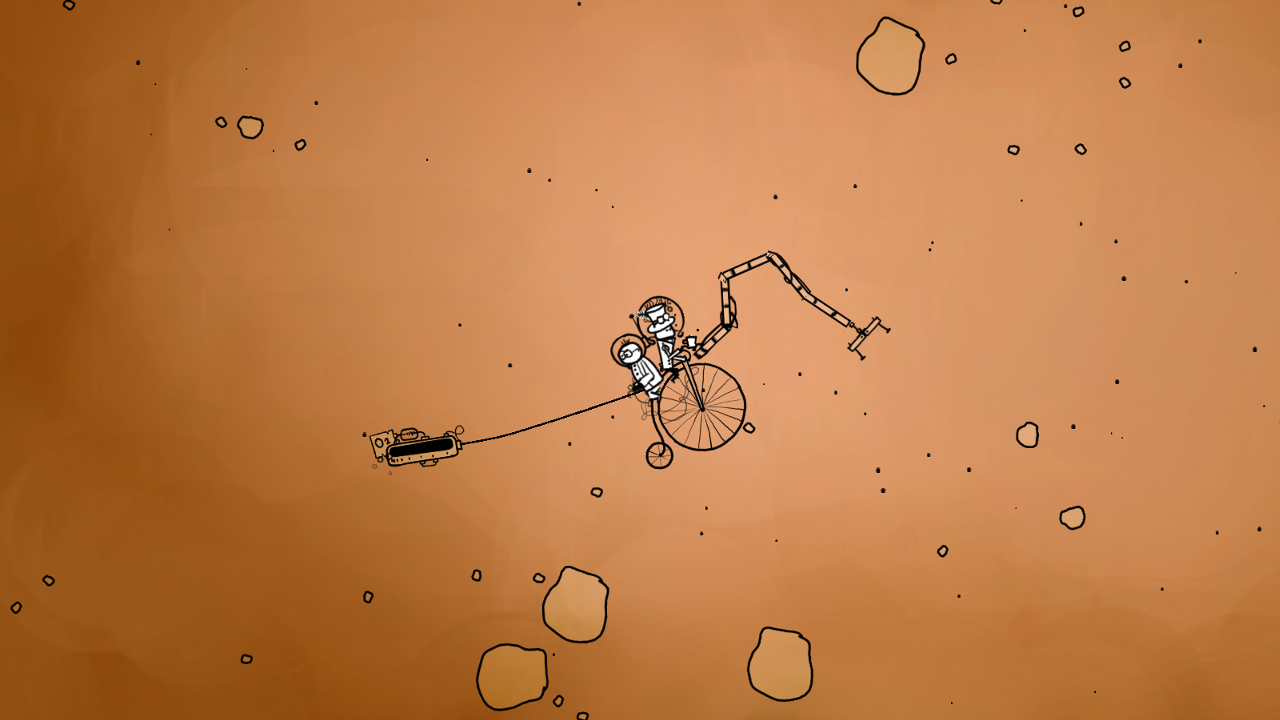
39 Days to Mars features an impressive, hand-drawn, sepia-rich art style that at once manages to capture both the light-hearted innocence of the game and Victorian-era technological ambitions of the ship’s builders.
Interestingly, the game is backed by a piano soundtrack which, while beautiful, sets a melancholic mood. I’m honestly not sure whether this compliments the dreamlike vibe or pushes against the playful mood of the rest of the game. In either case, it certainly fits the cobbled-together aesthetic of the world.
Space Puzzles, But Only After A Cuppa
The game is absolutely built to be played with two people. The puzzles are creative and rewarding with a partner, requiring communication and coordination to complete. Each of them presents a unique set of controls and obstacles to overcome without being overly difficult. I played through the whole game with my nine year old son and, after a minute or two of trial-and-error, he had no troubles piecing together what the puzzle was asking.
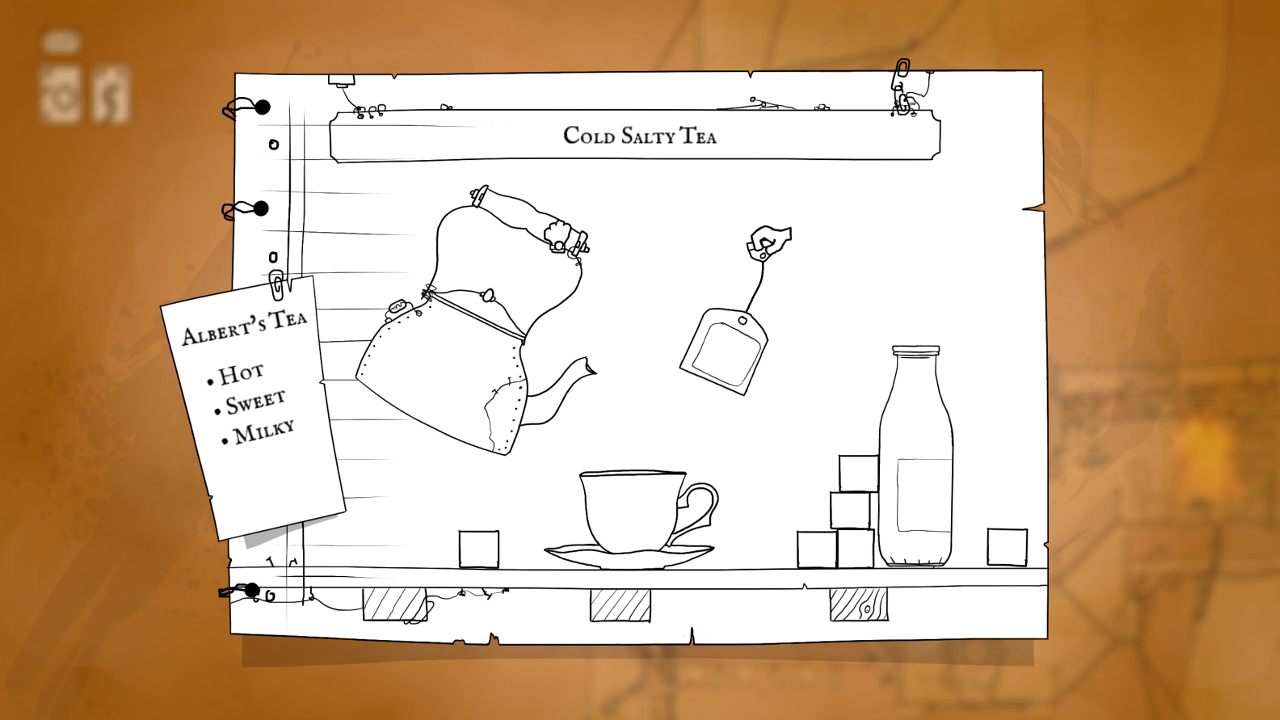
For the solo explorer, the game also offers the assistance of the Fearful’s AI cat. Generally speaking, It’s Anecdotal does a good job of making the single player controls manageable for most of the puzzles. But it’s not without its awkward moments.
During some puzzles in single player mode, wrapping your head around the controls is often far more difficult than the puzzles themselves. These puzzles were built for two people, and are certainly more enjoyable with a friend.
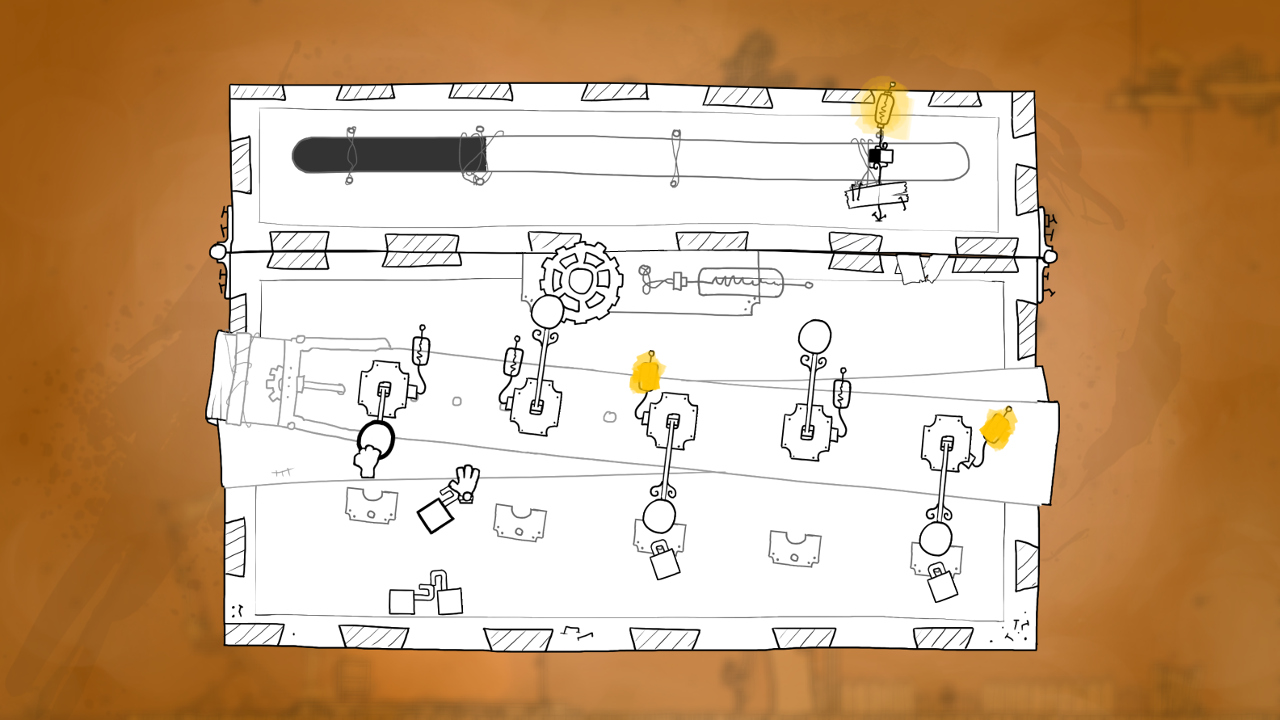
My only substantial negative feedback about 39 Days to Mars is the price. $14.99 USD is a lot to ask an hour-long experience, however pleasant it may be. This is particularly true of a puzzle game, in which the initial struggle to identify and solve the problems set before you are the primary source of enjoyment. There just isn’t much replayability once you know what you’re doing.
The price point is significant enough that it may be the defining factor in its success or failure. This is a shame, because the game does well in everything it sets out to do. But you can get a lot more for $15, so whether or not that is a deal-breaker depends on how much value you place on your money.
Closing Thoughts
I am frequently guilty of asking too much of games. I talk quite a bit about the conflict of narrative and game play, of games as art, of the potential of the medium. Not every game needs to push that boundary, though. 39 Days to Mars certainly doesn’t. Still, what it does do, it does really well.
The game is a light-hearted, quirky adventure to share with a friend for a bit. It looks good, sounds good, and offers some engaging puzzles that let you feel clever without pushing you too hard. The $15 price point, though, may be a strong deterrent for a lot of potential players.
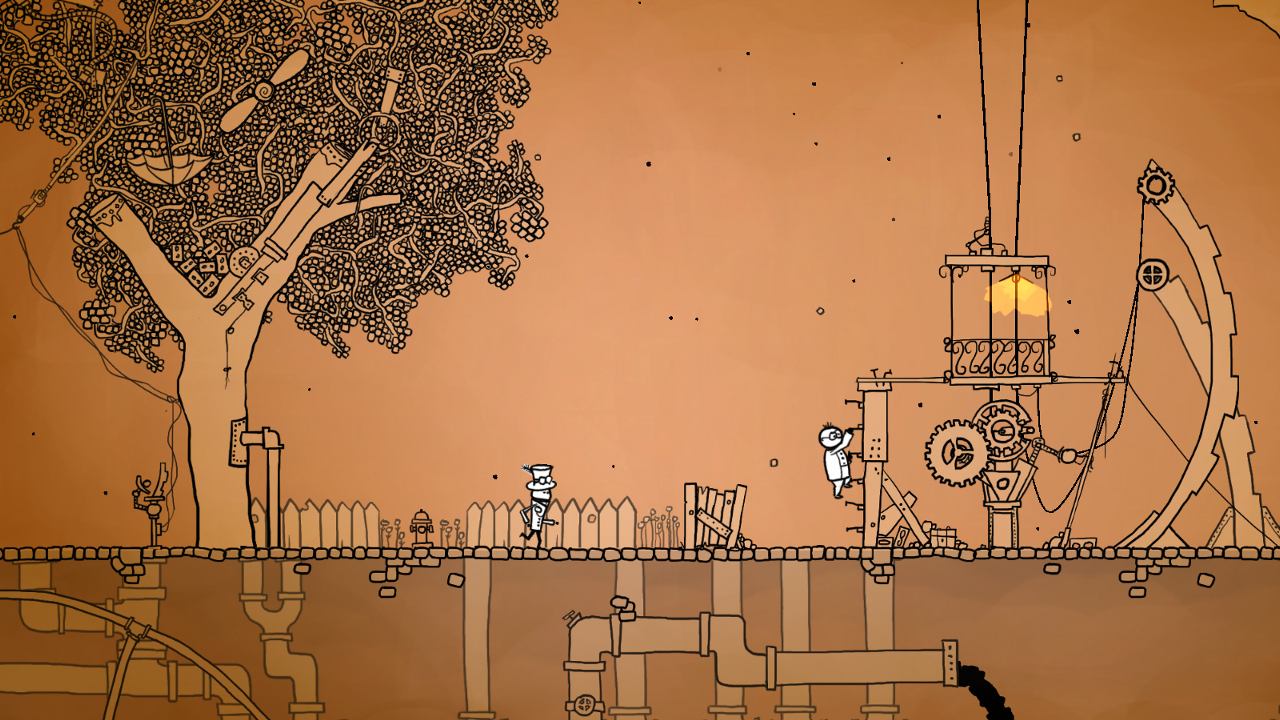
 Pros
Pros
- Creative and fun tone
- Interesting puzzles that encourage communication and coordination
- Aesthetically interesting
Cons
- Very short
- High asking price
39 Days to Mars comes out on April 25, 2018 on Steam and itch.io. The copy used for this review was supplied by the developer.
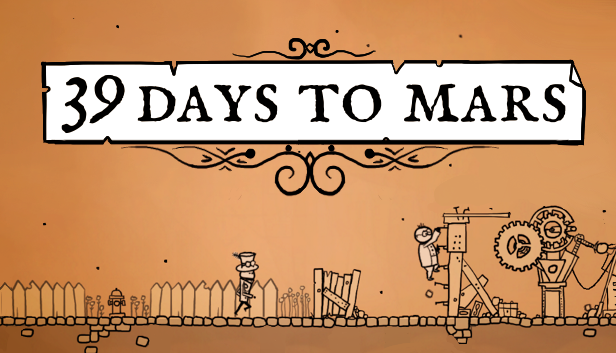
 Pros
Pros